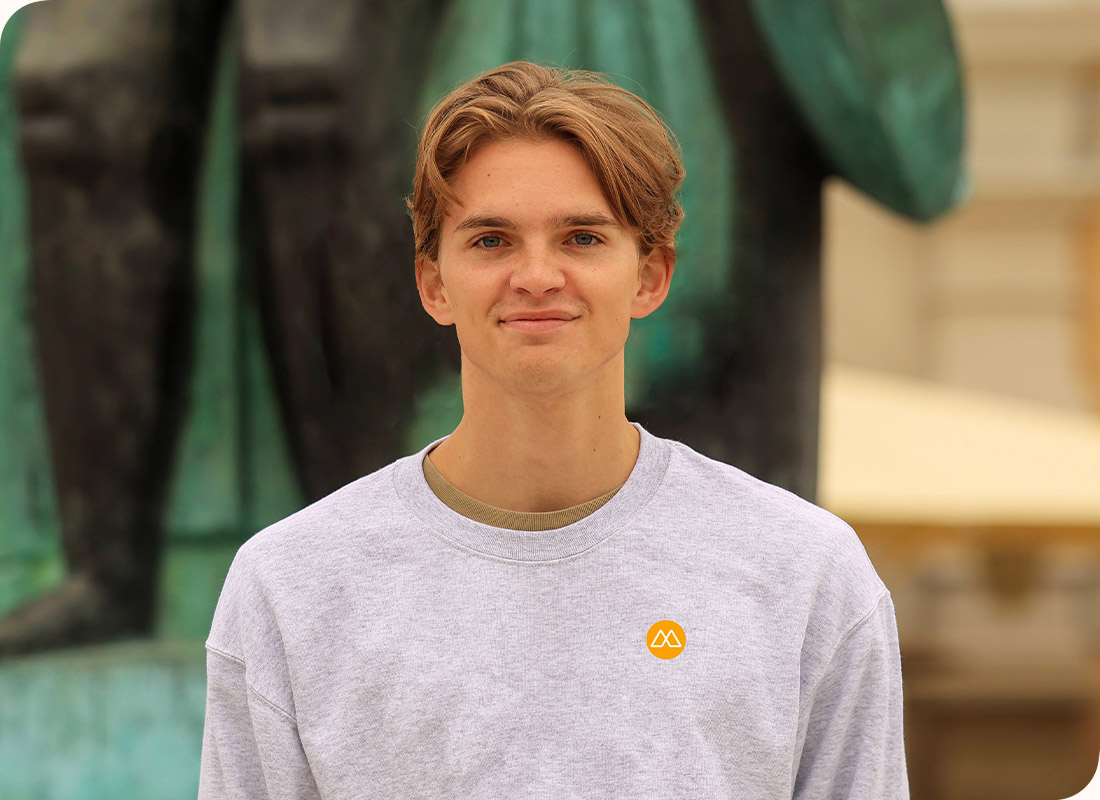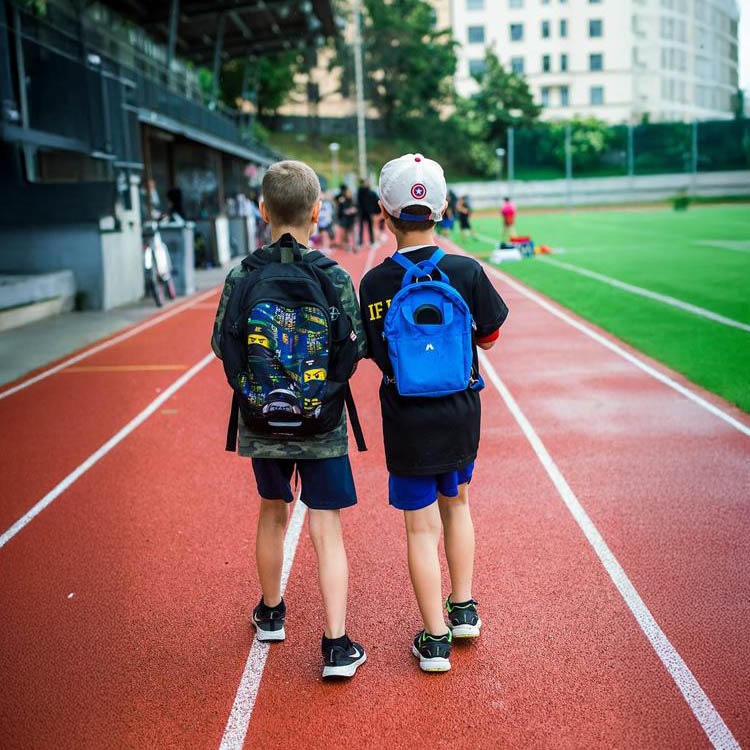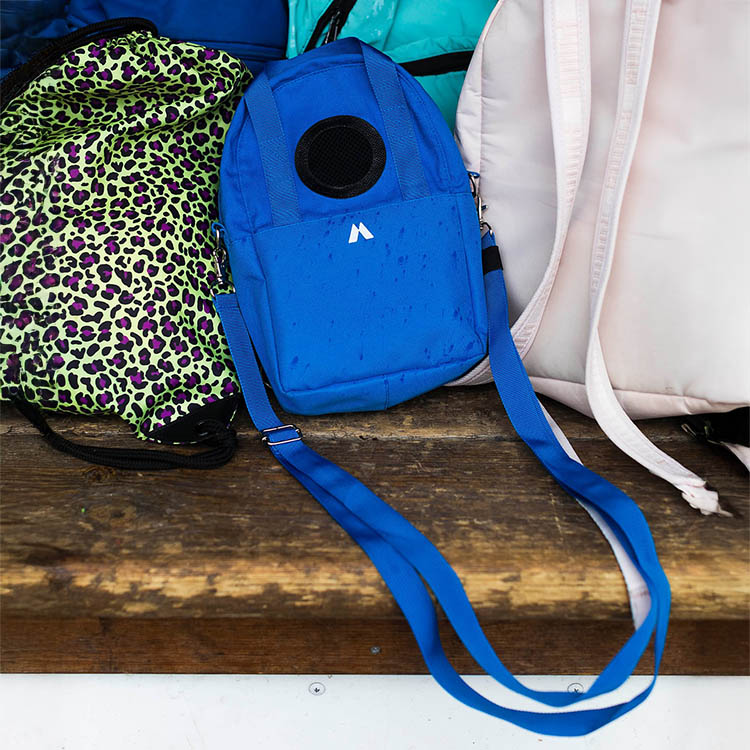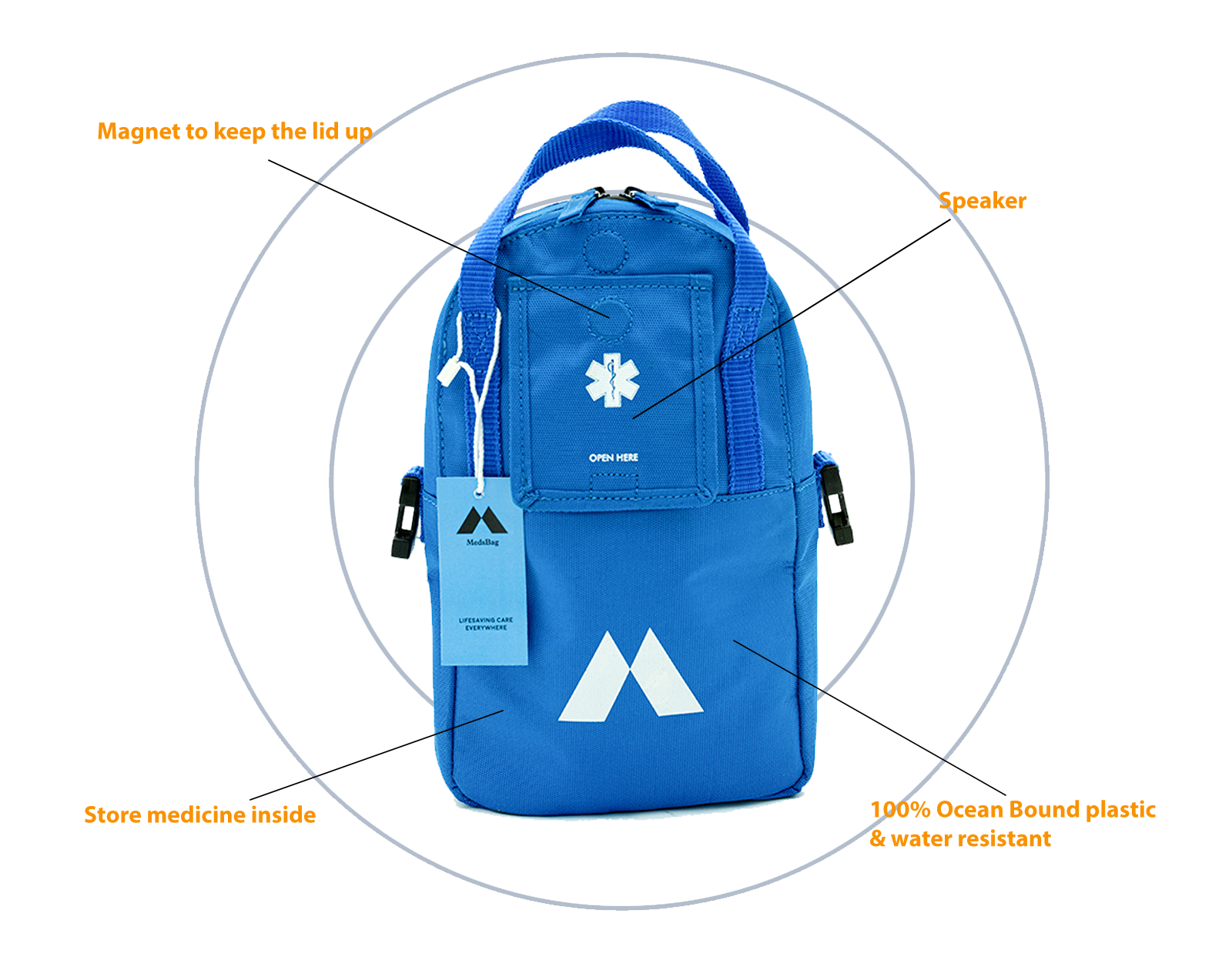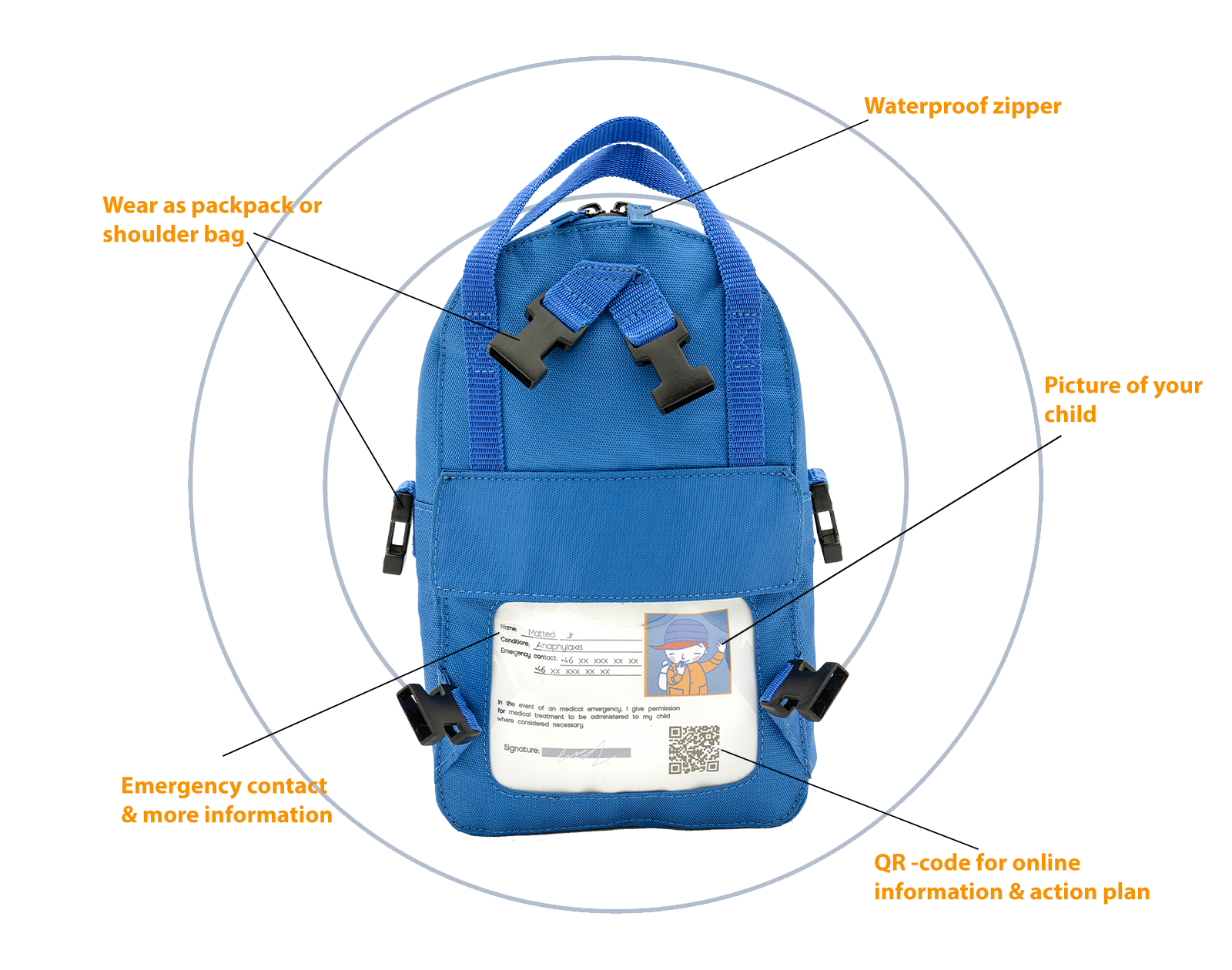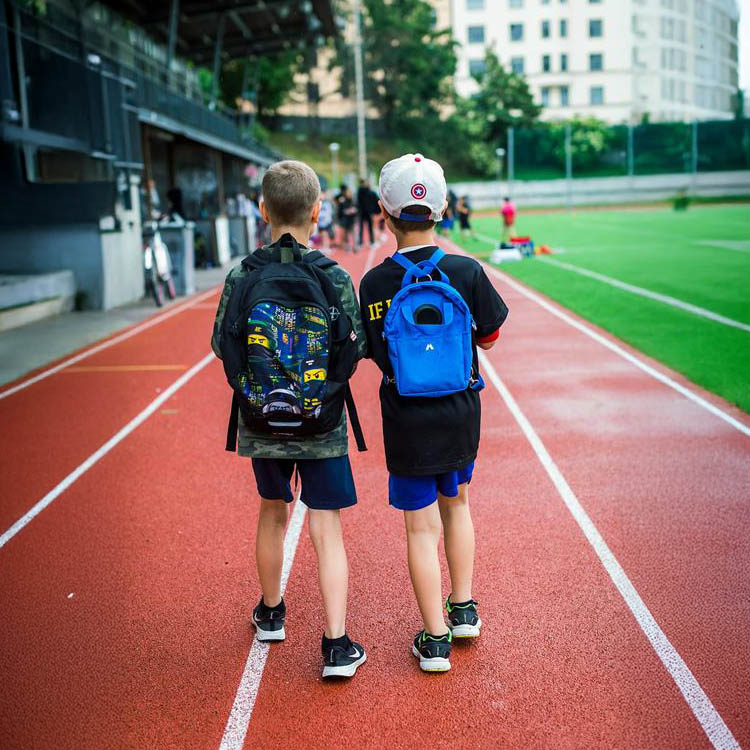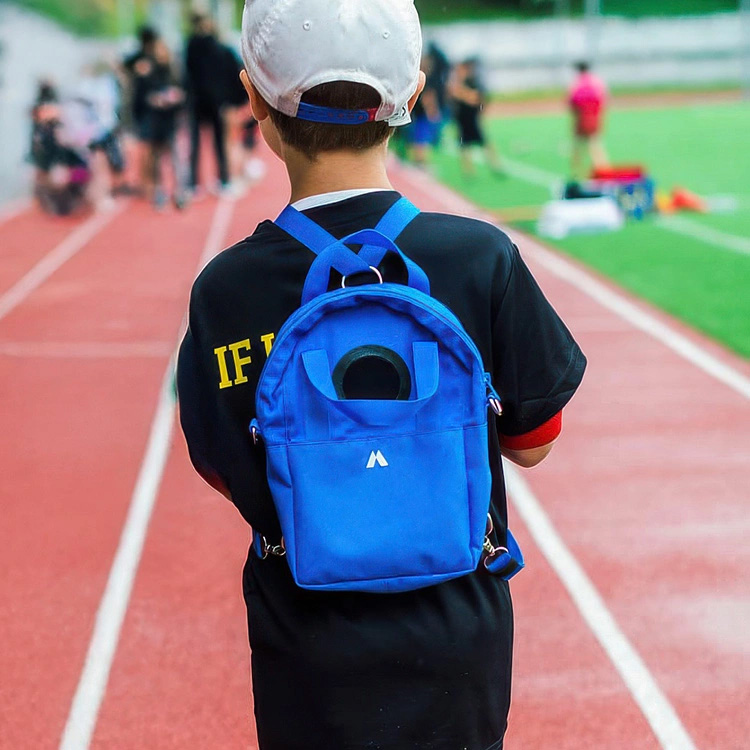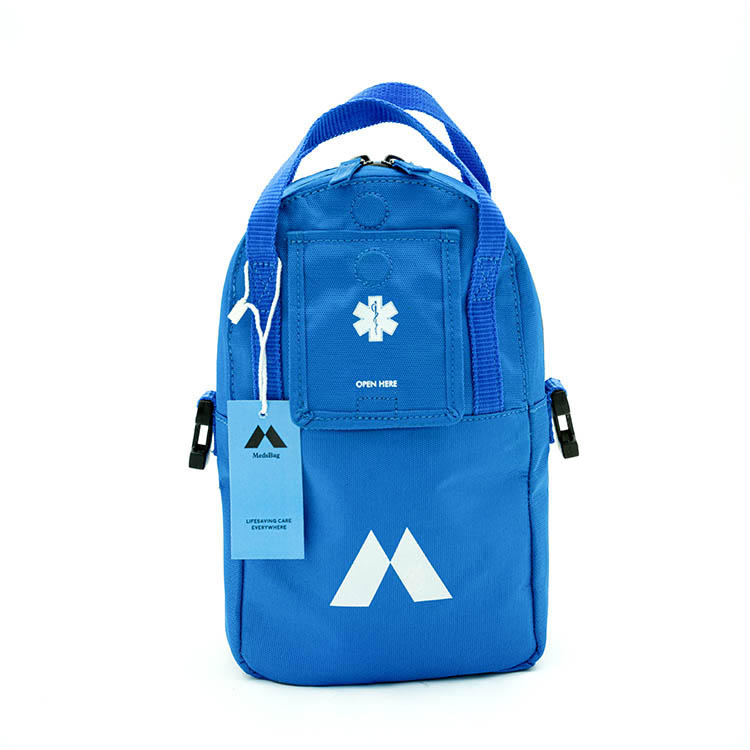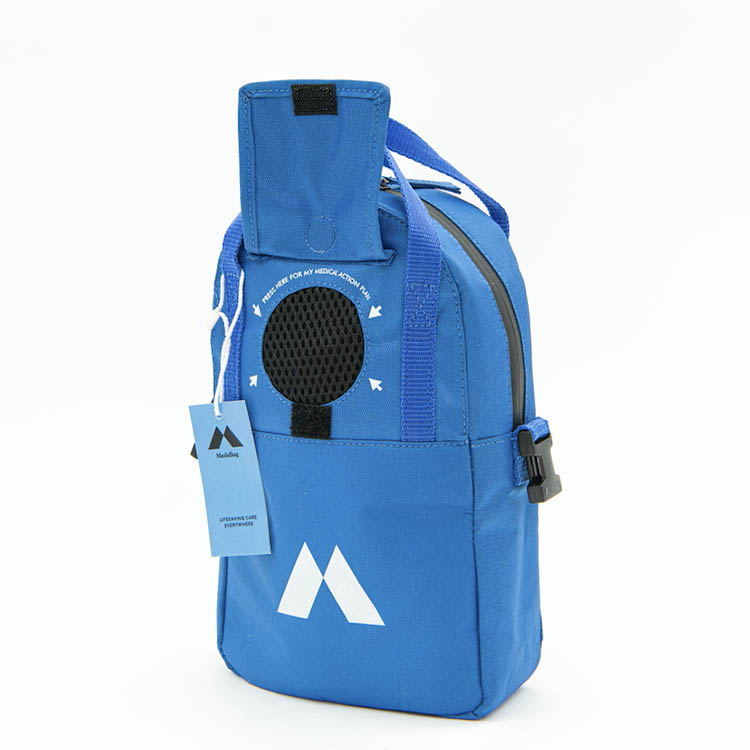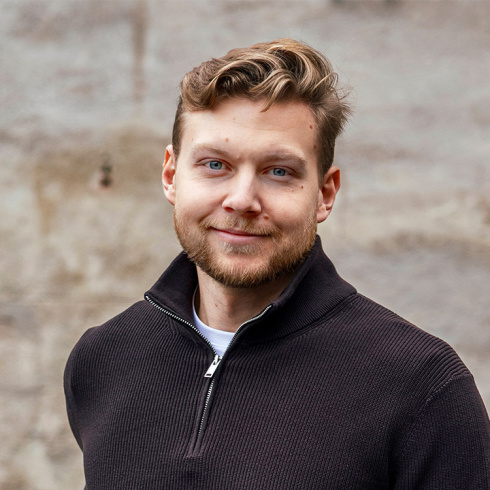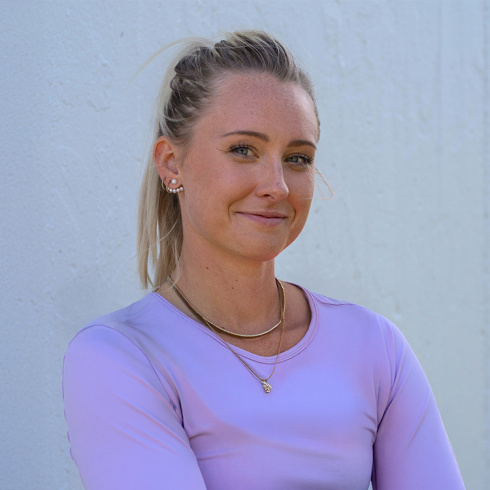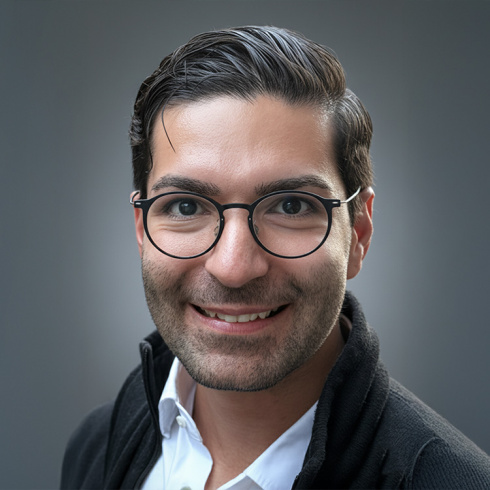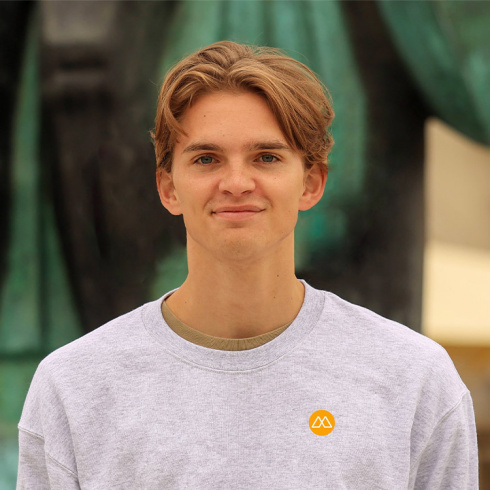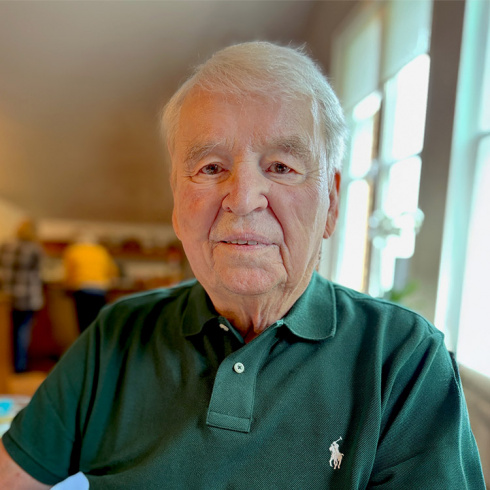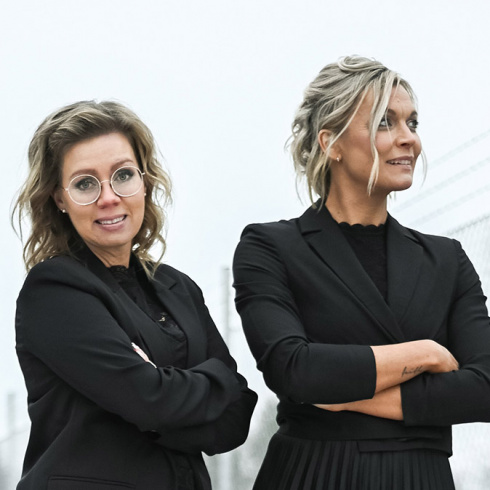A family innovation with dreams for the future
Innovator: Oliver Lohk
Innovation: Medicine bag Medsbag
Sometimes innovations are born out of life's challenges. For the Lohk family, it all began with little brother Matteo’s allergies, which early on changed everything from daily routines to mealtimes. Life suddenly became filled with constant “what if” situations, where even basic foods such as eggs, flour, and milk could pose an acute risk of suffocation. And in an emergency, there was no reliable support to fall back on. But as the saying goes, necessity is the mother of invention – and for the Lohk family, that necessity turned into action.
The idea took shape as Medsbag – a small bag that, at the touch of a button, plays clear instructions on how to help a child in an allergic crisis.
From concern to action
The Lohk family are entrepreneurs through and through. Kitchen table conversations often revolved not only around school and everyday life, but also around solutions to problems – both big and small. A recurring thought was how they could manage the constant anxiety that came with Matteo’s allergies, an anxiety that sometimes felt just as limiting as the allergies themselves.
The only support the family had received from the healthcare system was a medical action plan – a simple A4 sheet with instructions. But in a real emergency, it was hard to imagine anyone having time to read, understand, and act in the right order. For years, the idea remained just that – an idea. But over time it grew more concrete, and when older brother Oliver graduated in 2020, he took the initiative to turn the family’s discussions into a prototype.
- We saw how other parents sewed their own solutions, but no outsider could know which bag belonged to which child. We realised that we could create something better, something that would provide security even outside the family.
The goal was clear: to create a solution that children, parents, teachers, and even strangers could use in an emergency – without hesitation and without prior knowledge. The bag should always be easy to carry, instantly recognisable, and simple to use. And beyond storing medicine, it should also provide clear, timely instructions – right when they are needed most
A small bag for big steps
After many sketches, prototypes, and discussions about everything from shape to material, the family finally found the right solution. The result was a bag that is both durable and thoughtfully designed down to the smallest detail – made from plastic collected from the oceans. But what truly makes it unique is the inside: a small speaker, activated at the touch of a button. This speaker plays an action plan recorded by someone close to the child – short, clear, and to the point. Exactly what is needed in an emergency.
“We wanted to create something that is not only for us in the family, but that anyone can use – teachers, coaches, even a passer-by.”
To complement the bag, the family has also developed an app where parents can easily store medical information and share it via a QR code. The app allows teachers, after-school staff, and sports coaches to receive the child’s medical action plan in advance – creating preparedness before handover even takes place. In this way, crucial information spreads quickly and builds security outside the home as well.
The next step is for the app and the bag to communicate with each other – so that parents receive a notification if the bag is activated. This would not only support the child in the moment, but also create a direct security link between home and the surrounding environment.
Impressive innovation
Although Medsbag is still a young innovation, it has already made a strong impact. Parents testify to the sense of security it provides, and the world of innovation has recognised it with both the SKAPA Awards and the Göran Bredinger Scholarship. Collaborations with initiatives such as Generation PEP have opened doors to new audiences.
And when the family appeared on Draknästet, they gained not only valuable publicity but also new insights into pitching and developing their idea. It was yet another step in a shared journey where each family member’s strengths complement one another: Oliver is studying economics, Hannah developed the app, while parents Henrik and Rebecca are driving the project forward with their experience and ideas.
Together, they hold fast to the same vision that once emerged at the kitchen table: to normalise and raise awareness of medical conditions in everyday life, so that children with chronic conditions can live more securely, freely, and inclusively.
Tips for other innovators
Don’t wait for perfection. Start small, test your ideas, and don’t be afraid to fail. You rarely need a big investment at the beginning – the most important thing is to take the first step.Use your strengths. Family businesses have something unique that new companies can never replicate: a strong heritage, values, and a long-term perspective. Innovation can mean building on this foundation while adapting it to new business models and channels.
Think iteration, not perfection. Show your idea early, gather as much feedback as possible, and be prepared to change. Ask questions such as: What do you think? What works? What could be improved? The more perspectives you take in, the better your solution will become.
Sometimes innovations are born out of life's challenges. For the Lohk family, it all began with little brother Matteo’s allergies, which early on changed everything from daily routines to mealtimes. Life suddenly became filled with constant “what if” situations, where even basic foods such as eggs, flour, and milk could pose an acute risk of suffocation. And in an emergency, there was no reliable support to fall back on. But as the saying goes, necessity is the mother of invention – and for the Lohk family, that necessity turned into action.
The idea took shape as Medsbag – a small bag that, at the touch of a button, plays clear instructions on how to help a child in an allergic crisis.
From concern to action
The Lohk family are entrepreneurs through and through. Kitchen table conversations often revolved not only around school and everyday life, but also around solutions to problems – both big and small. A recurring thought was how they could manage the constant anxiety that came with Matteo’s allergies, an anxiety that sometimes felt just as limiting as the allergies themselves.
The only support the family had received from the healthcare system was a medical action plan – a simple A4 sheet with instructions. But in a real emergency, it was hard to imagine anyone having time to read, understand, and act in the right order. For years, the idea remained just that – an idea. But over time it grew more concrete, and when older brother Oliver graduated in 2020, he took the initiative to turn the family’s discussions into a prototype.
- We saw how other parents sewed their own solutions, but no outsider could know which bag belonged to which child. We realised that we could create something better, something that would provide security even outside the family.
The goal was clear: to create a solution that children, parents, teachers, and even strangers could use in an emergency – without hesitation and without prior knowledge. The bag should always be easy to carry, instantly recognisable, and simple to use. And beyond storing medicine, it should also provide clear, timely instructions – right when they are needed most
A small bag for big steps
After many sketches, prototypes, and discussions about everything from shape to material, the family finally found the right solution. The result was a bag that is both durable and thoughtfully designed down to the smallest detail – made from plastic collected from the oceans. But what truly makes it unique is the inside: a small speaker, activated at the touch of a button. This speaker plays an action plan recorded by someone close to the child – short, clear, and to the point. Exactly what is needed in an emergency.
“We wanted to create something that is not only for us in the family, but that anyone can use – teachers, coaches, even a passer-by.”
To complement the bag, the family has also developed an app where parents can easily store medical information and share it via a QR code. The app allows teachers, after-school staff, and sports coaches to receive the child’s medical action plan in advance – creating preparedness before handover even takes place. In this way, crucial information spreads quickly and builds security outside the home as well.
The next step is for the app and the bag to communicate with each other – so that parents receive a notification if the bag is activated. This would not only support the child in the moment, but also create a direct security link between home and the surrounding environment.
Impressive innovation
Although Medsbag is still a young innovation, it has already made a strong impact. Parents testify to the sense of security it provides, and the world of innovation has recognised it with both the SKAPA Awards and the Göran Bredinger Scholarship. Collaborations with initiatives such as Generation PEP have opened doors to new audiences.
And when the family appeared on Draknästet, they gained not only valuable publicity but also new insights into pitching and developing their idea. It was yet another step in a shared journey where each family member’s strengths complement one another: Oliver is studying economics, Hannah developed the app, while parents Henrik and Rebecca are driving the project forward with their experience and ideas.
Together, they hold fast to the same vision that once emerged at the kitchen table: to normalise and raise awareness of medical conditions in everyday life, so that children with chronic conditions can live more securely, freely, and inclusively.
Tips for other innovators
Don’t wait for perfection. Start small, test your ideas, and don’t be afraid to fail. You rarely need a big investment at the beginning – the most important thing is to take the first step.Use your strengths. Family businesses have something unique that new companies can never replicate: a strong heritage, values, and a long-term perspective. Innovation can mean building on this foundation while adapting it to new business models and channels.
Think iteration, not perfection. Show your idea early, gather as much feedback as possible, and be prepared to change. Ask questions such as: What do you think? What works? What could be improved? The more perspectives you take in, the better your solution will become.
